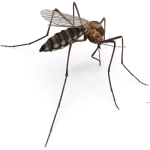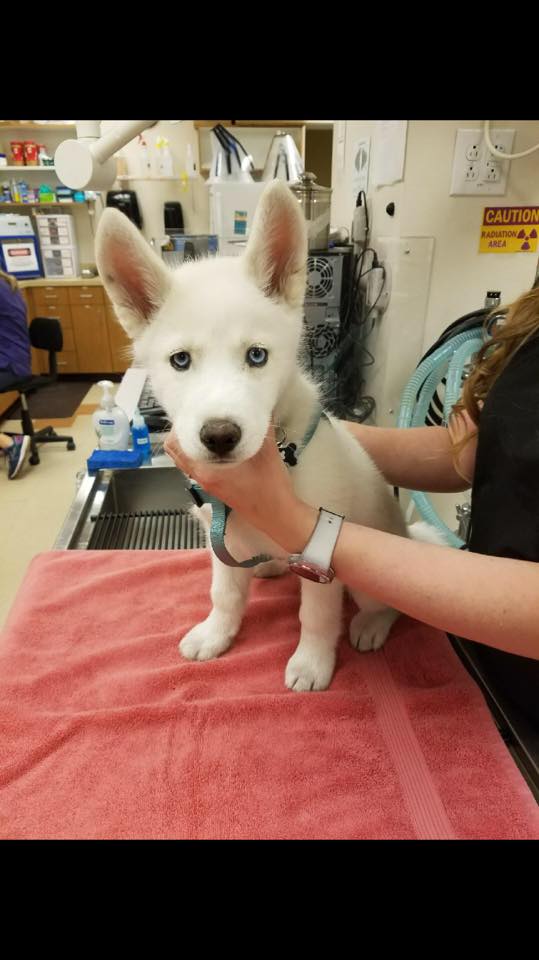
Play It Cool When It Comes to the Holidays
December 2, 2016
Autumn Pet Alert – Fall Foods and Treats – Pet Allergies
October 5, 2017Holidays, Pet Adoptions and Heartworm
Memorial Day
May 29
OFFICES CLOSED
JUNE is American Humane’s Adopt-a-Cat Month®
Thinking of adopting a new Animal? A little preparation can ease a lot of tension when introducing a cat into your home. If there are other pets in the house, make sure your new recruit has a safe quiet place to get used to the smells and sounds of their new place. Slowly introduce their new roommates.
Pet Appreciation Week
June 4-10
First full week in June
World Pet Memorial Day
June 11
Second Sunday in June
Take Your Dog to Work Day
June 23
POPULAR ON FACEBOOK
https://facebook.com/tlcpet
Heartworm Alert
Remains From Wet Spring
Buy Heartworm Medication to prevent
It’s sometimes hard to imagine that “an ounce of prevention”…really is worth it. In this case it is. Heart worms are highly invasive and the treatment, once afflicted, adds up quickly. For the cost of what adds up to be 7 years worth of medication, the treatment is more than your dog and your wallet want to go through. The reality is that you love your pet and you don’t want to see them go through a case of Heartworm.
Call to schedule a Heartworm test. 
Brought to you by the Mosquito (Culicidae)
Worms grow over 7 months and usually
come in multitudes. The worms begin
with an incubation period inside the
mosquito. They carry the larvae and
deliver it to the host, your cat or dog! They can
grow up to 12 inches and dogs can be infected
with as many as 250 of them. It’s nasty business
for your dog or cat! This is why we recommend regular testing and most importantly, preventive medication.
PREPARING FOR A NEW CAT
Before You Bring Your Cat Home:
Cats are territorial, and coming into a new home leaves them feeling really uneasy. There’s all that unexplored space, and who knows what may lurk there. Do him a favor and provide a small area to call his own for the first few days or weeks. Furnish the room with cat amenities, such as food, water and a litter box. You’ll want to spend time with your cat, so make sure there’s a comfortable place for you to sit as well.
Fill a litter box with one or two inches of litter and place it in his room where he can use it undisturbed. Set up a feeding station with food and water bowls. Locate it away from the litter box.
Look at your house with a curious cat’s eye view for its climbing and exploring potential. When your cat is acclimated to your home, you may be surprised to find him on top of the upper kitchen cabinets, so make sure there’s nothing on display there or on other high shelves that can be damaged or knocked off. Look for holes or registers that leave ductwork accessible and cover them up. A kitten can easily slither into one of these. Bone up on how to introduce your cat to other pets. Keep her door closed and don’t let your other pets race in unexpectedly.
Finally, set up your first visit with the vet. Read more at tlcpethospital.net




